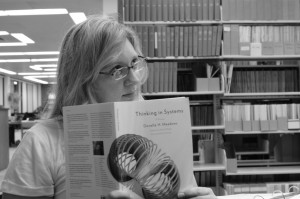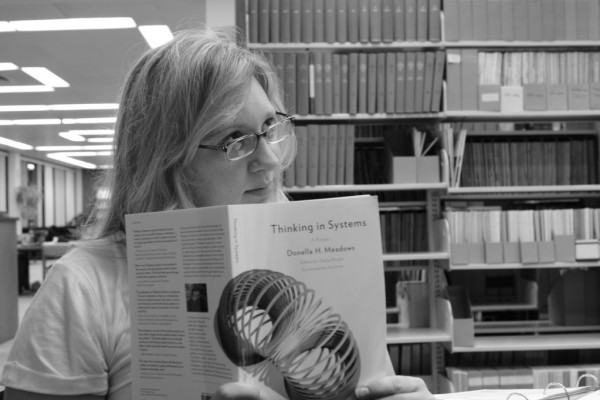
I was first introduced to attachment theory last semester through a good friend and fellow student at the Center for Justice and Peacebuilding (CJP) who was conducting research as a graduate assistant. Her enthusiasm for the subject matter at that point was catching.
At first, attachment theory seemed be the kind of theory that would fill in the gaps in my own self-understanding. Almost as if the theory created one of those “Ah-ha!” moments where I could say to myself “now that explains what I’ve been missing all this time!” So I added the theory to my decoupage-like assortment of newly acquired theories and concepts stored within the confines of my cerebral cortex.
Then along came second semester and Theory class where our professor, Jayne Seminare Docherty, implored us not to ‘marry any one theory’. So I released attachment theory to roam freely within the perimeter of my thought processes along with a mish-mash of development paradigms, conflict coaching skills, research design literature review articles, theories of change, with a bit of strategic this and planning that. As Eastern Mennonite University’s recent conference on attachment theory drew closer, I began to read a bit more on attachment and its potential role in peacebuilding and conflict transformation. The question we were asked to consider is: “Does it scale up?” In other words, can the concepts and theory of attachment based on psychological and therapeutic research be understood through the lens of intergroup conflict? My initial response was, “Good question! I have no idea.”
But of course, we are graduate students here at CJP; intellectual men and women on the cusp of a burgeoning field of study! It would never do to simply answer with “I have no idea”. Standing there on the figurative corner of Muddle Avenue and Perplex Street I began to corral my free-range ideas into a more coherent semblance of thought. Can attachment theory be scaled up for intergroup conflict? Can we as peacebuilders apply the concepts we’ve learned from attachment? How would it affect our practice?
Although attachment theory focuses on the individual and how she grows and responds to her environment, the peacebuilding field is exploring its implications for larger scale conflicts and intergroup conflict. I have begun to see attachment theory as yet another lens through which we can view the world and the conflicts therein. Attachment theorists have already proposed ways in which conflict between individuals can be understood in part by understanding how a person’s past and current affective experiences shape their thought and behavior. Peacebuilding, on the other hand, spends more time focusing on conflict on a larger scale, within groups (ethnic or otherwise) or full-scale, enduring conflicts which occur over decades and through generations.
I disagree that attachment theory can be scaled up in all conflict scenarios; for example, when trying to analyze the conflict between two warring ethnic groups or nations or for analyzing the US presence in Iraq and Afghanistan. Despite my misgivings, let’s try on attachment theory and peacebuilding for size by exploring a certain type of conflict and subsequent peacebuilding work in the field.
Attachment theory might be utilized when analyzing an enduring conflict within a country whose government looks more like a dictatorship than a democracy. In this context, the head of the regime or government has power and authority over the people with little to no system of checks and balances. In many situations, this type of government is accompanied by a significant and often oppressive military presence. It may be helpful for peacebuilders to utilize attachment theory when analyzing this type of conflict for points of possible entry. Possible points of entry are analyzed through an interactive process of organizing peacebuilding conceptual frameworks that assist in planning for conflict situations.
In summary, attachment theory provides another lens, or, another way of viewing the history and experience of the person or small group of people in power within the hypothetical situation listed above. Creating a successful peacebuilding program or policy for a specific conflict requires a clear and thoughtful assessment of the context of the conflict, the needs of the people on the ground, and the ability of both local and international stakeholders to address the challenges. In addition to the other lenses that we use to analyze conflict here at CJP, perhaps we should consider developing an attachment-based lens that could be applied to certain conflict assessments such as the one listed above.
Peacebuilding truly is a burgeoning field of study. I encourage and challenge my professors and colleagues to continue thinking both critically and creatively about cross-section between attachment theory and peacebuilding and its implications for the future of peacebuilding work and study.
